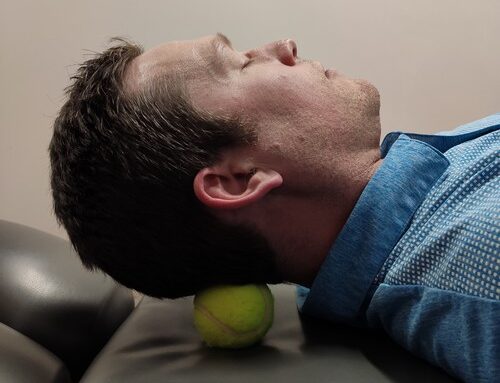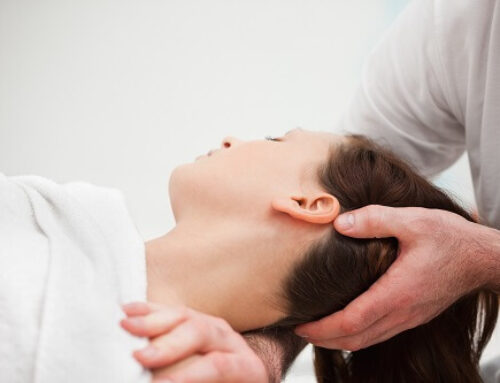 The addition of the upper cervical manipulative therapy to a multimodal program is beneficial in treating patients with fibromyalgia syndrome (FMS). A randomized clinical trial with one-year follow-up assessed 120 (52 female) patients with fibromyalgia syndrome who were assigned to a multimodal program (control group) or a multimodal program with upper cervical joint manipulation. Outcomes were the Fibromyalgia Impact Questionnaire (FIQ), pain scores, anxiety, sleep quality and 3D postural analysis. These outcomes were assessed at three time intervals: baseline, 12 weeks, and 1 year after the 12-week follow-up. The addition of upper cervical manual therapy to a multimodal program has short- and long-term positive effects on 3D spinal posture. More importantly perhaps, results from the one-year follow-up revealed statistically significant changes that favored the manipulation group’s outcomes in terms of all of the FMS management outcome variables (pain, anxiety, sleep quality, fibromyalgia impact). At one-year posttreatment, the control group’s DHI scores were found to have regressed toward the baseline, pretreatment, and values, whereas the experimental group’s DHI scores were found to have continued to improve after the 12-week treatment trial.
The addition of the upper cervical manipulative therapy to a multimodal program is beneficial in treating patients with fibromyalgia syndrome (FMS). A randomized clinical trial with one-year follow-up assessed 120 (52 female) patients with fibromyalgia syndrome who were assigned to a multimodal program (control group) or a multimodal program with upper cervical joint manipulation. Outcomes were the Fibromyalgia Impact Questionnaire (FIQ), pain scores, anxiety, sleep quality and 3D postural analysis. These outcomes were assessed at three time intervals: baseline, 12 weeks, and 1 year after the 12-week follow-up. The addition of upper cervical manual therapy to a multimodal program has short- and long-term positive effects on 3D spinal posture. More importantly perhaps, results from the one-year follow-up revealed statistically significant changes that favored the manipulation group’s outcomes in terms of all of the FMS management outcome variables (pain, anxiety, sleep quality, fibromyalgia impact). At one-year posttreatment, the control group’s DHI scores were found to have regressed toward the baseline, pretreatment, and values, whereas the experimental group’s DHI scores were found to have continued to improve after the 12-week treatment trial.



